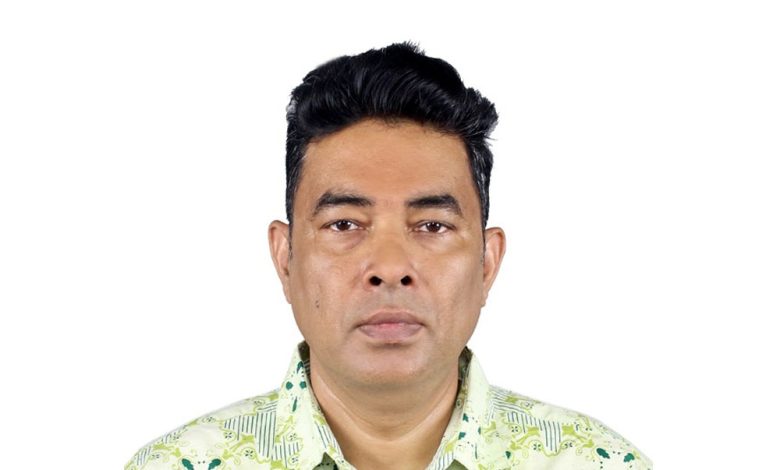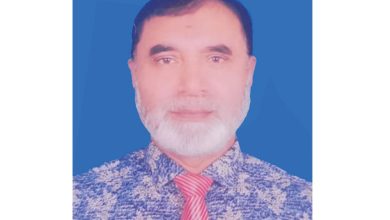Microfinance can spark self-reliance—But must stay clean: ED-Banchte Shekha


Holiday Post Report: Microfinance is one of the best tools available to lift people out of poverty. “It gives access to capital to people who’d never qualify for a regular loan,” he says. But then he leans in and adds, “The danger is—most of them don’t really understand how loans work. That’s where the real risk begins.”
Recently, while speaking to Holiday Post, Palash Hubert Gomez, Executive Director of Banchte Shekha, doesn’t hesitate he says outlined what’s holding microfinance institutions (MFIs) back in Bangladesh—and how to fix it. His tone stayed calm but firm. “Political instability, displacement, lack of new entrepreneurs, and ruthless competition are the big ones,” he said. “And you can’t ignore poverty, illiteracy, or the chaos caused by overlapping loans.”
He says many small borrowers can’t repay because they’ve lost income. “If there’s no business, there’s no money. If there’s no money, they can’t pay. Simple.”
Palash credits the 2006 Microcredit Regulatory Authority Act and the 2010 Rules for setting the sector on legal footing. “ That law gave us discipline. It brought a backbone. Before that, we were floating.”
Still, he says, some big changes are needed. “Bring all MFIs under CIB. Don’t cap interest rates in a way that kills institutions. Make loans match the real needs of the poor. And stop acting like government should give loans—it should just make room for us to operate well.”
Looking ahead, he’s optimistic about hitting the 2041 Sustainable Development Goals. “We’ve already nailed the MDGs. The SDGs? We’ll get there too—if we bring rural women with us.” He adds, “Half our population are women, and many live in villages. You can’t talk development without them. Give them access, make them independent—and watch what happens.”
Palash says microfinance is already working in health, nutrition, education, climate, and inequality. “It’s in the Five-Year Plan. We’re not waiting around. We’re moving.”
But he warns—economic and social landscapes change fast. MFIs must adapt. He stresses aligning with agriculture. “Our roots are in farming. Add agri-tech. Bring in education. Start MFI departments in universities. Legally link us with skill-training centers. Let us spot who’s got potential and guide them.”
He speaks proudly of Banchte Shekha’s model. “We lend for agriculture—fish farms, cows, honey, fruits, flowers. We support grocery shops, boutique houses, tailoring, beauty parlors—you name it.” He says they even scan for new trades that could benefit the community.
“Once a poor family becomes self-reliant, they raise better children. That child becomes an ideal citizen. That’s how we build a just, peaceful country.”
He lists impact metrics: number of female borrowers, new entrepreneurs, revived skills, and savings growth. “We measure through people’s lives. Simple as that.”
For long-term sustainability, Palash says it’s all about structure. “Train staff. Keep the system simple. Audit often. Align with strategic plans. Don’t let anyone lend without MRA approval.”
He has advice for fellow leaders too. “Treat members with respect. Help them use the loan right. Don’t throw money—guide them. Build relationships. Verify borrowers. Coordinate with others. And stay close to local administration.”
When asked what shaped his thinking, he doesn’t hesitate. “Once we forgave a loan after a borrower died. That act changed how people saw us. And when I saw a neglected woman rise as an entrepreneur—that moment never left me.”
Then he pauses. “That’s what microfinance does when done right. It doesn’t just give money—it restores dignity.”





